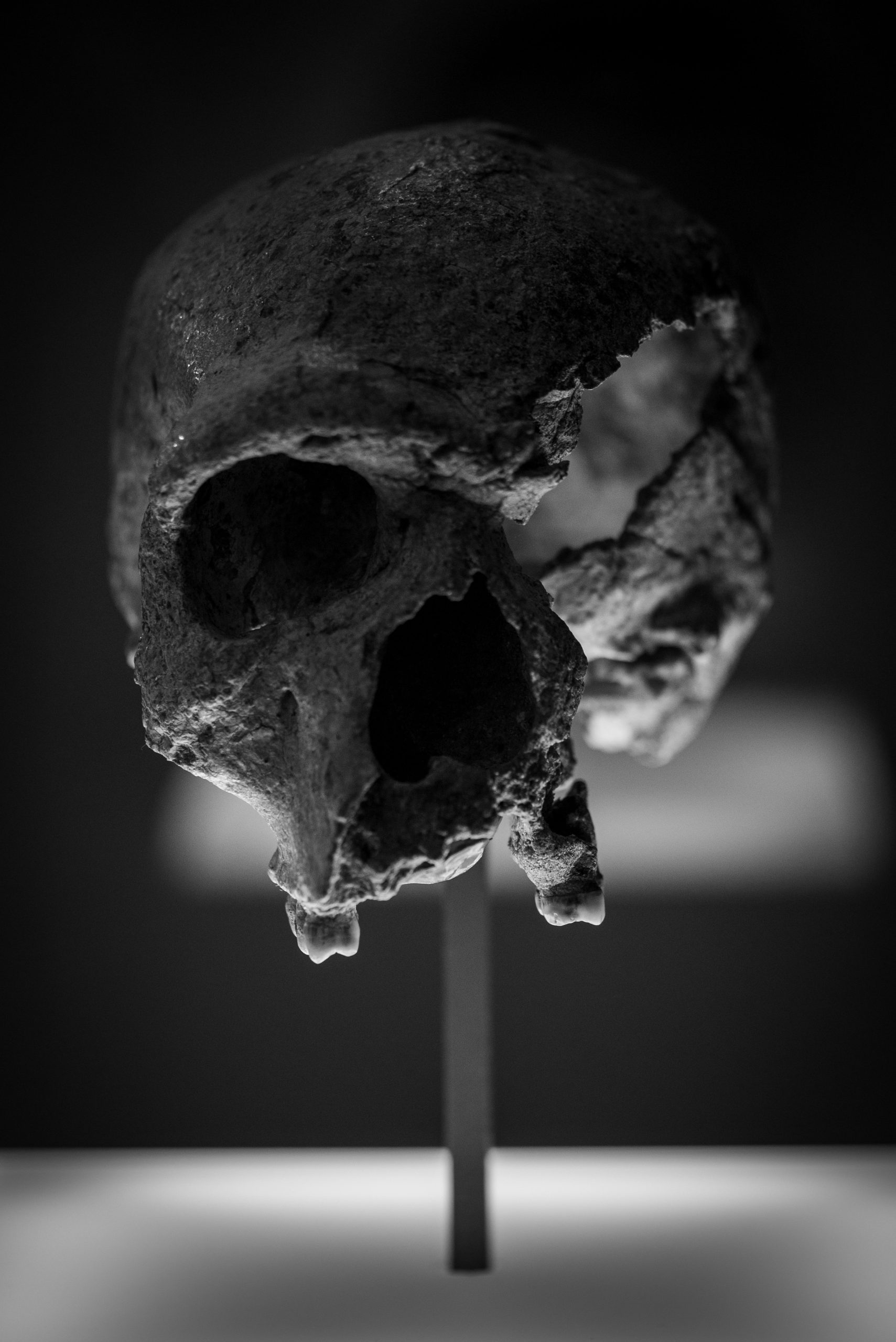In a landmark restitution ceremony at France’s Culture Ministry in Paris, the skull of King Toera – a Malagasy monarch decapitated by French troops in 1897 – was formally returned to Madagascar alongside the remains of two members of his court. This emotional handover marks the first application of France’s 2023 law designed to expedite the return of human remains from colonial-era collections, addressing historical injustices committed during France’s colonial expansion in Africa and beyond.
French Culture Minister Rachida Dati acknowledged the profound significance of this gesture, stating: “These skulls entered the national collections in circumstances that clearly violated human dignity and in a context of colonial violence.” Her Malagasy counterpart, Volamiranty Donna Mara, emotionally described how “their absence has been, for more than a century… an open wound in the heart of our island”.

The Tragic History of King Toera’s Skull
The story of King Toera’s skull begins in August 1897, when French forces were sent to assert colonial control over the Menabé kingdom of the Sakalava people in western Madagascar. In what historians now recognize as a brutal display of colonial violence, French troops massacred the local army before killing and decapitating King Toera. His head was subsequently transported to Paris as a war trophy, where it entered the collections of the Museum of Natural History in Paris alongside hundreds of other human remains from France’s former colonies.
Historical accounts suggest that King Toera had already surrendered when he was attacked by Commander Augustin Gérard’s troops. According to historian Klara Boyer-Rossol, an expert on the western Indian Ocean slave trade, “We have quite extensive written archives which state very clearly that King Toera had laid down his arms and surrendered… he was unarmed, which is why we refer to it as a massacre”.
For almost 130 years, King Toera’s skull remained in France despite ongoing pressure from the king’s descendants and the Madagascar government. The path to repatriation involved complex historical research and identification processes. A joint scientific committee confirmed the skulls were from the Sakalava people but could only “presume” that one belonged to King Toera, as DNA tests conducted several years earlier had proven inconclusive.
The Significance of Restitution for Madagascar
For the Sakalava community and the broader Malagasy nation, the return of these sacred remains represents far more than a symbolic gesture. As Madagascar’s Culture Minister Volamiranty Donna Mara expressed, “They are not collectors’ items; they are the invisible and indelible link that unites our present to our past”. The absence of these remains has been described as an “open wound” that has persisted for 128 years, affecting both spiritual and cultural continuity.
The Malagasy government plans to honor the returned remains in a tribute coinciding with the anniversary of King Toera’s execution in late August 1897 at Ambiky during France’s colonization of the Indian Ocean island. This ceremony will likely provide a sense of closure and facilitate long-delayed mourning processes for the Sakalava people.

















